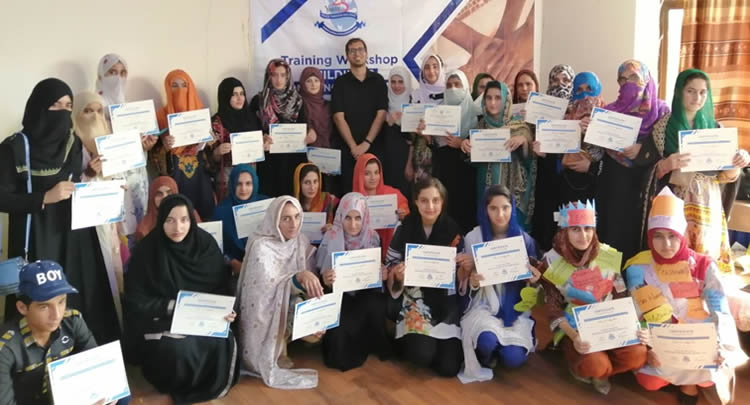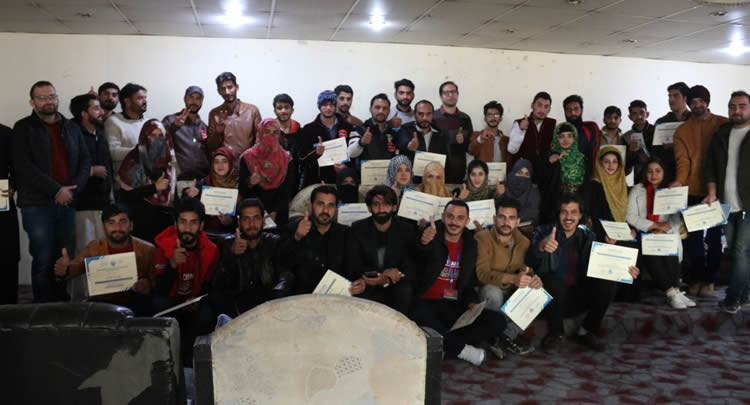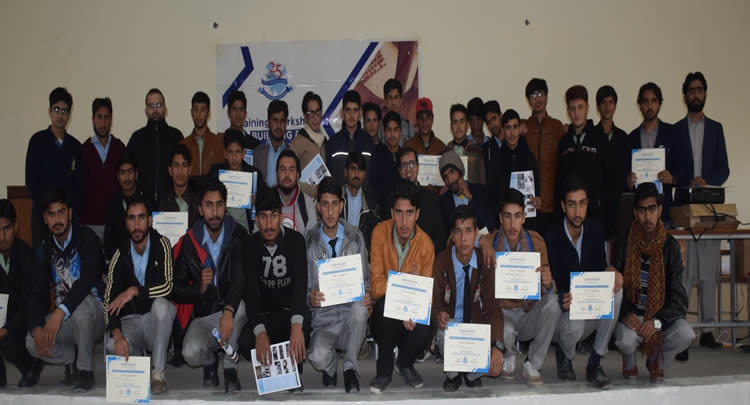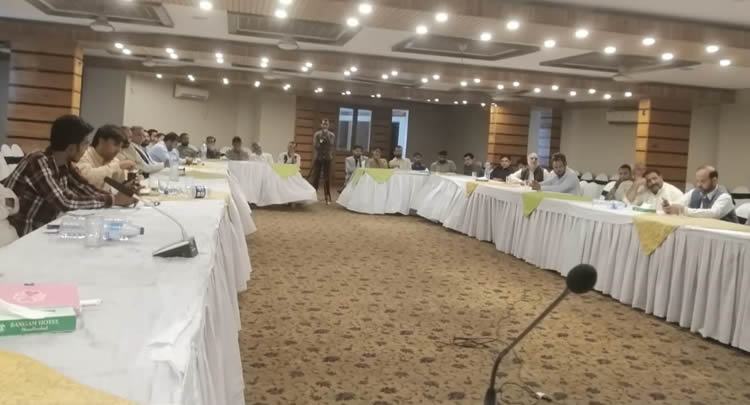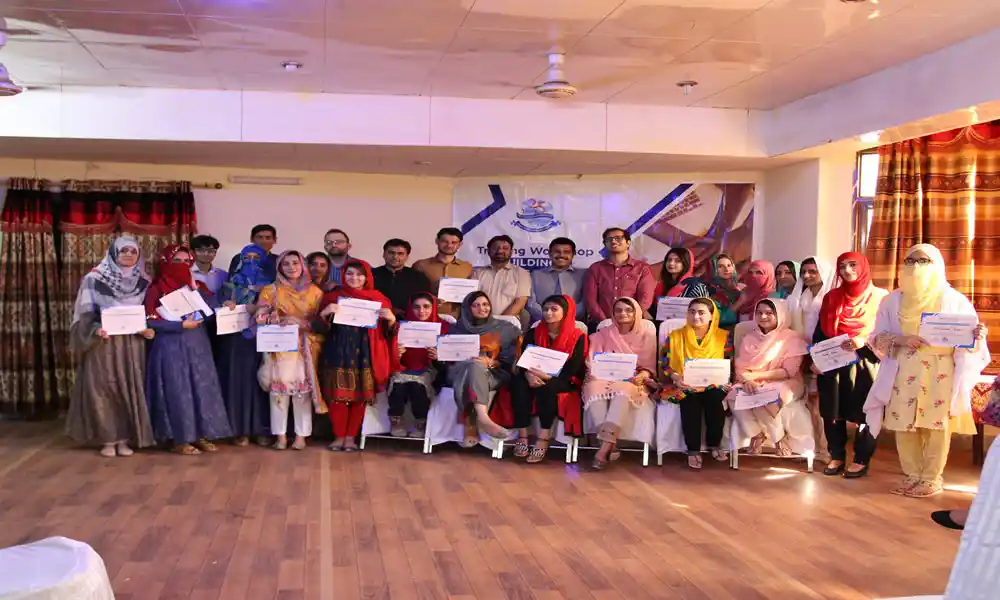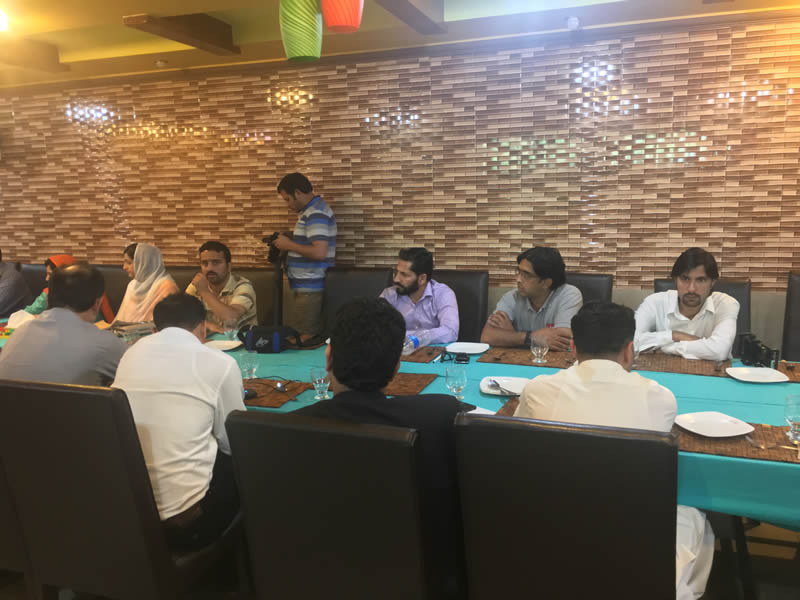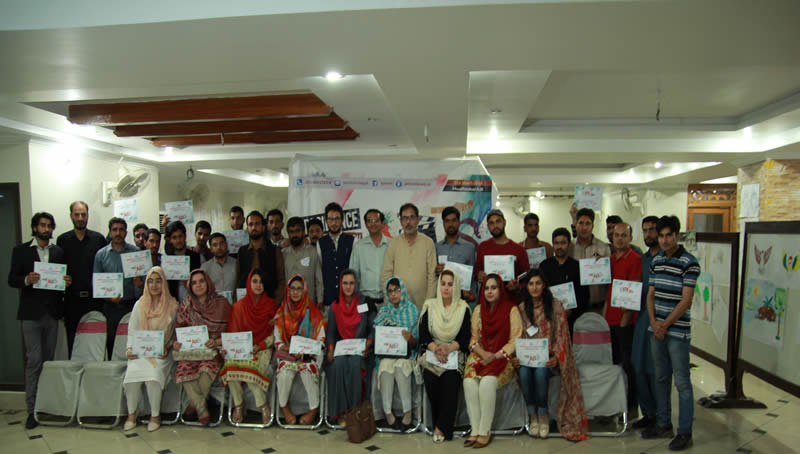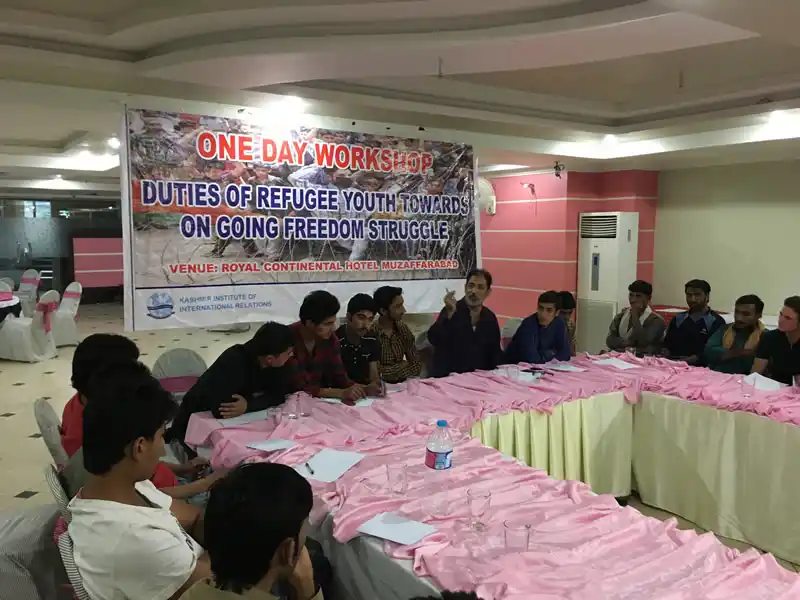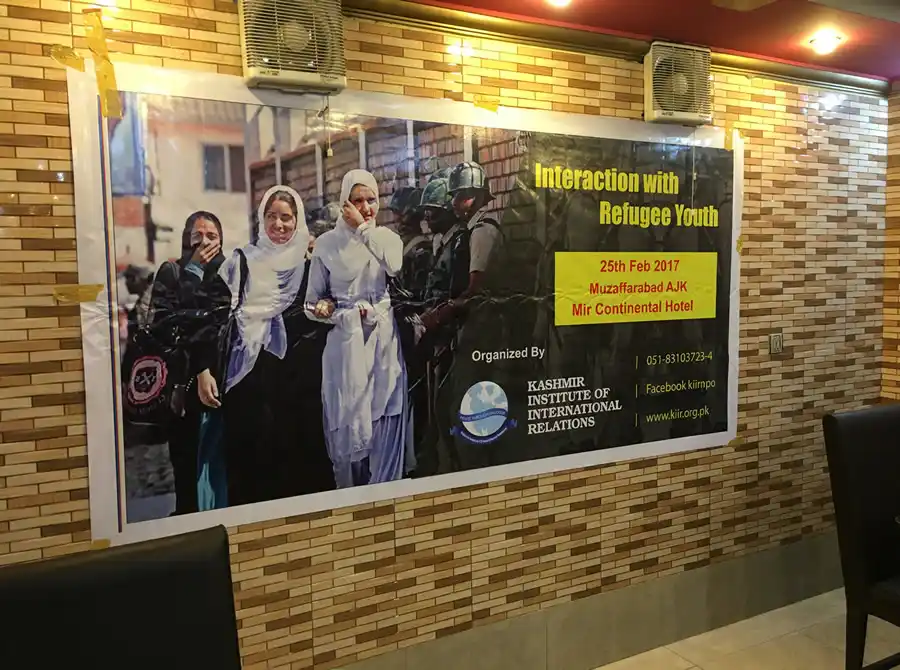KORT (Kashmir Orphan Relief Trust), Mirpur AJK
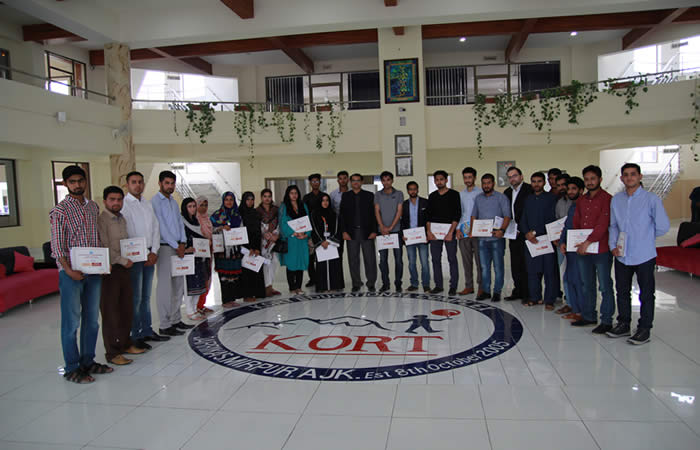
KIIR believes that it is essential to equip local communities with knowledge and skills, to handle conflict-based crises and natural disasters. During the past twenty-five years, this component of KIIR’s program has initiated a wide spectrum of activities starting with disaster preparedness and mitigation, and moving on to response in disaster-affected communities. KIIR is primarily focusing on building capacity, implementing best practices, and generating knowledge regarding disaster management in disaster- prone areas of AJK.
The primary beneficiaries of this program are youth of AJK, particularly those studying in universities. It has been observed that youth in AJK lack knowledge, skills and platforms to act as first response in any type of disaster. Therefore, KIIR is making efforts to develop a cadre of equipped and motivated men and women that can quickly join hands with local disaster response mechanisms as volunteers, when a crisis hits. The availabilit of trained youth in disaster response techniques has enhanced resilience among communities for disaster response. It has created safer neighbourhoods and increased sense of ownership among members of the community by generating awareness on local vulnerable groups and structures.
The component has particularly benefited education institutions in AJK where youth-groups have been mobilized to vigilantly look at local demographic, political and environmental conditions; and prepare plans for disaster response. Such initiatives have promoted an atmosphere of healthy activities in education institutions by providing the students with opportunities to learn and employ new skills.
KIIR is working with local disaster management institutions (SERRA and others) and education institutions by establishing partnerships and engaging youth groups. The program has enhanced transfer of DRR knowledge among professionals and academics. Such collaborations have enhanced exchange of knowledge, resources and ideas. Because of KIIR efforts, many partnerships have been formed between academic institutions, government departments and communities, thus creating new and successful models of Public-Private Partnerships in the discipline of DRR.
Facebook TwitterCapacity Building of IDPs
